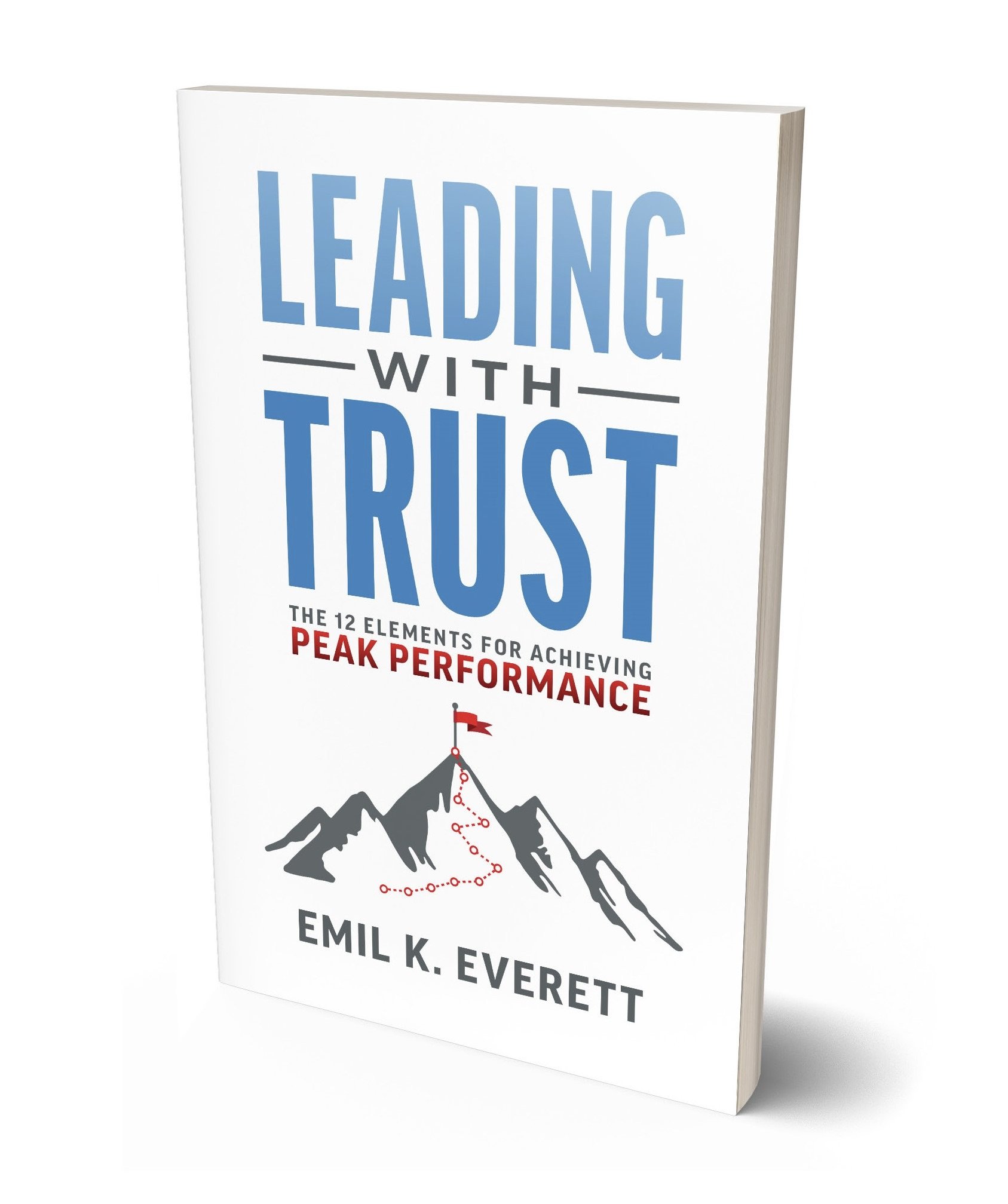The Critical Points Where Leadership Makes the Most Significant Difference
Leadership acts as the guiding force that navigates organizations through the challenges of change, crisis, and growth. Effective leadership goes beyond managing day-to-day operations; it involves making pivotal decisions that significantly influence an organization’s trajectory. Let’s explore the critical moments where leadership has the most profound impact, illustrated with real-world examples to highlight leaders' vital role in driving organizational success.
During Times of Crisis: Crisis management is the most visible stage for leadership. For instance, when Tylenol faced a poisoning crisis in 1982, Johnson & Johnson's CEO, James Burke, took swift action. He prioritized consumer safety by recalling all Tylenol products, which cost the company millions but ultimately preserved its reputation. This decisive action, as highlighted by Boin, Hart, Stern, and Sundelius in The Politics of Crisis Management, shows how leaders can mitigate the impact of crises and guide their organization back to stability by maintaining composure, making informed decisions, and reassuring their teams.
Strategic Decision-Making: Leadership is crucial in setting and executing the strategic direction of an organization. Consider how Steve Jobs’ strategic vision transformed Apple. Jobs saw the potential in a new personal computer and later in smartphones and tablets, aligning Apple’s resources to capitalize on these opportunities. In The Rise and Fall of Strategic Planning, Mintzberg underscores how strategic decision-making involves identifying opportunities, managing risks, and ensuring long-term success. Jobs’ ability to envision the future and align Apple’s strategy accordingly was pivotal in sustaining the company’s competitive advantage.
Change Management: Implementing change is a complex process that requires strong leadership. An example is Satya Nadella’s leadership at Microsoft, where he shifted the company's focus from a Windows-centric to a cloud-first strategy. Nadella communicated a clear vision, managed resistance, and guided Microsoft through a significant transformation. Kotter’s Leading Change outlines how leaders like Nadella can effectively communicate vision, build momentum, and sustain change initiatives, proving essential for the success of such transitions.
Performance Management: Effective leaders establish performance standards, offer constructive feedback, and inspire their teams. Consider Satya Nadella at Microsoft, who exemplified this by introducing a growth mindset culture that prioritized continuous learning and development. Armstrong and Baron’s Managing Performance emphasizes how leaders align individual performance with organizational goals. Nadella’s approach created a culture of innovation and collaboration, significantly enhancing Microsoft’s productivity and success.
Talent Development: Identifying and nurturing talent is a critical leadership function. Sheryl Sandberg at Facebook has been known for her mentorship and development of employees, helping to build a strong pipeline of future leaders within the company. Buckingham and Vosburgh, in "The 21st Century Human Resources Function: It’s the Talent, Stupid!" argue that leaders who invest in talent development create a robust future for their organizations. Sandberg’s efforts to provide growth opportunities and mentorship ensure that Facebook remains competitive and innovative.
Cultural Influence: Leaders shape the organizational culture through behavior, values, and attitudes. Tony Hsieh at Zappos famously cultivated a culture of exceptional customer service and employee happiness, which became integral to the company's identity. Schein’s Organizational Culture and Leadership underscores the importance of leaders in reinforcing the desired culture. Hsieh’s influence enhanced employee engagement, morale, and productivity, demonstrating how leadership can shape and sustain a positive organizational culture.
Innovation and Creativity: Innovation is the lifeblood of organizational growth, and leaders play a critical role in fostering an environment where creativity thrives. Google’s approach under Larry Page and Sergey Brin, which allowed employees to spend 20% of their time on side projects, led to creating products like Gmail and Google Maps. Amabile’s "How to Kill Creativity" notes that leaders who encourage risk-taking and support new ideas drive significant breakthroughs. Google’s innovative environment not only enhances competitiveness but also attracts top talent.
Stakeholder Management: Managing relationships with key stakeholders, including customers, investors, suppliers, and the community, is a vital leadership function. Howard Schultz at Starbucks focused on creating value for all stakeholders by offering health benefits to employees and sourcing coffee ethically. Freeman’s Strategic Management: A Stakeholder Approach emphasizes that influential leaders build trust and communicate effectively with stakeholders. Schultz’s approach enhanced Starbucks’ reputation and secured support for its strategic initiatives.
Ethical Guidance: Leaders set the moral standards for their organizations. When Indra Nooyi was CEO of PepsiCo, she prioritized sustainability and health, steering the company towards more ethical and health-conscious products. Treviño and Nelson, in Managing Business Ethics, highlight that leaders’ commitment to integrity and ethical behavior influences organizational culture and compliance. Nooyi’s leadership fostered a trustworthy and sustainable business environment at PepsiCo.
Conflict Resolution: Conflict is inevitable in any organization, and leaders play a crucial role in resolving it. At Southwest Airlines, Herb Kelleher’s approach to conflict resolution involved open communication and mutual respect, helping to maintain a cohesive and productive work environment. Thomas and Kilmann’s Conflict Mode Instrument demonstrates that leaders who mediate disputes and find mutually beneficial solutions promote a collaborative culture. Kelleher’s methods prevented disruptions and fostered a positive workplace atmosphere.
Leadership’s impact is most pronounced at these critical junctures. Whether navigating crises, driving strategic decisions, managing change, or fostering innovation, effective leadership is the cornerstone of organizational success. By understanding and embracing these critical points, leaders can make significant differences that propel their organizations toward sustained growth and prosperity.
If you're looking for well-defined techniques to refine your leadership skills, reach out, and let’s discuss how we can assist.

